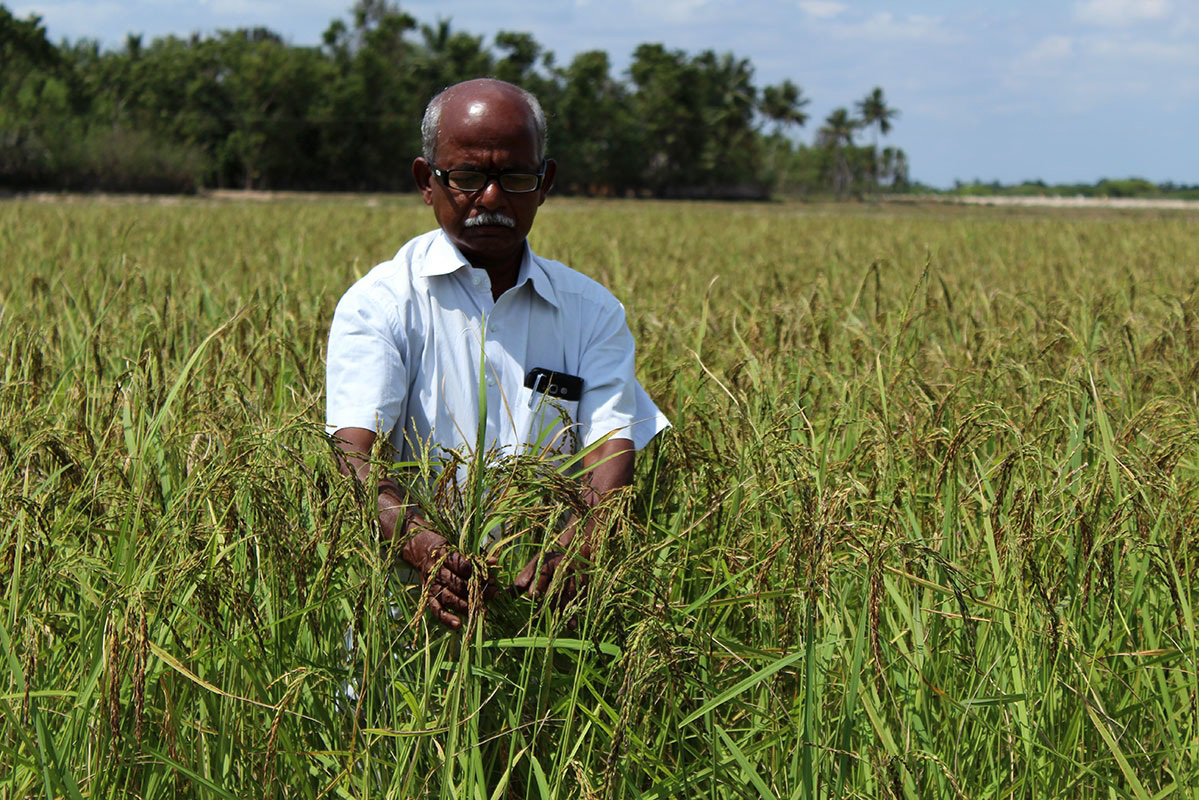Few will have escaped the heatwave that seems to have enveloped most of the northern hemisphere. Soaring temperatures exceeding 46 degrees C have been recorded in Alvega, Portugal, while seventeen of eighteen of the countries regions experienced temperatures above 45 degrees C.
This follows recent headlines reporting wildfires in California and Greece while 40 degrees heatwaves have caused deaths in Japan. Events like these, once considered freakish in nature are now becoming increasingly frequent, Biobased World News reported.
Rising temperatures are characteristic of the changing global climate and the warnings of the implications that this change could have on production and agriculture are no longer just hypothesis but a reality for many.
Changes to regional and global temperature will continue to have damaging effects on agricultural systems at both national and global levels and by extension the bio-based economy. The evolution of weather patterns once considered rare to common only serves to highlight a need for agricultural BAU (Business-as-Usual) models to adapt or face the consequences of not doing so.
Professor Robert Aiken a research crop scientist from the K-State Northwest Research-Extension Center in January outlined the agricultural issues that could surface in the United States if temperatures continue to rise. He focuses on the US central high plains which run from west-central Texas through west-central Oklahoma, central Kansas, and south-central Nebraska.
He predicts that temperatures will continue to increase in the long-term, caused by increases in CO2 and other greenhouse emissions that continue to build up in the atmosphere.
By the middle of the 21st century, temperatures in the southern plains will likely be 2.2 to 3.3 degrees C higher than the 20th century average. This will result in much milder winters with freezing rain instead of snow and hotter summers.
Higher Night Temperatures
Aiken suggests that rainfall predictions are much less certain, but extreme rainfall is expected to continue to become more intense and frequent.
The results of this could be damning for US crop production. Yield potentials would diminish rapidly, triggered by higher night temperatures, which would weaken photo-protection systems in plant life (bio-chemical process that helps organisms cope with molecular damage caused by sunlight) and induce more persistent heat stress.
One positive to increasing temperatures, is that a warmer climate could extend the cultivation period for crops. The remarkable tendencies of plant life to adapt to extreme climate changes may be the savior of crop industries in the short term due to the durability of plant metabolic processes.
Yet, the positives to extended exposure to sunlight end there as long periods of prolonged heat will likely impair plant productivity.
Temperature Sensitive
The fact remains that plant metabolisms are temperature sensitive. Key crops such as winter wheat, rice and maize photosynthesize best at temperatures between 25C and 30C. Daily temperatures exceeding this range are likely to slow crop production and damage both the quality and quantity of crop yields.
The consequences according to the report will be severe. Producers will be affected by increases in crop water requirements, the degradation of soil, intensive rainfall events and potential release of large-scale methane emission through thawing permafrost (ground, including rock or soil, at or below the freezing point of water 0 degrees C for two or more years).
Chronic high temperatures will add to the evaporative demand of crop systems. This will lead to a rise in the water requirement for crop growth. Thus, agricultural water-systems will be working at an increased rate, an astounding prospect given the industry today is already the single largest user of freshwater resources, using a global average of 70% of all surface water supplies. These factors will make agriculture in the future progressively more challenging.
Global Impact
This research in the US, is equally relevant in the rest of the world where rising temperatures will also bring huge agricultural change.
To put this in perspective, 60% of the world’s population relies on wheat, rice and maize for their total calorific intake. This could be hugely damaging given the production distribution of staples like these.
For instance, rice production and consumption are highly localized. In a recent study looking at food consumption, Asia alone accounts for 92% of world rice production.
In Vietnam, Cambodia and Myanmar, 80% of food consumption derives from rice alone. The same applies to Sub-Saharan Africa and the consumption of maize, where 90kg to 180kg of the product is consumed per person annually.
Rich-Poor Divide
"We're most concerned about the sharply reduced yields," said Peter de Menocal, dean of science at Columbia University and director of the Center for Climate and Life. "We already have trouble feeding the world and this additional impact on crop yields will impact the world's poorest and amplify the rich/poor divide that already exists."
It is not only staple supply-chains that will be affected, with pressure put on production, iconic exports such as Java coffee will be in increasingly short supply.
Decreases in crop supply will see surges in demand and prices will rise. The diminishing potential of crop production partnered with an inevitable increase in global population, expected to reach 9.7 billion by 2050 according to the UN/DESA could have disastrous consequences for people around the world.


